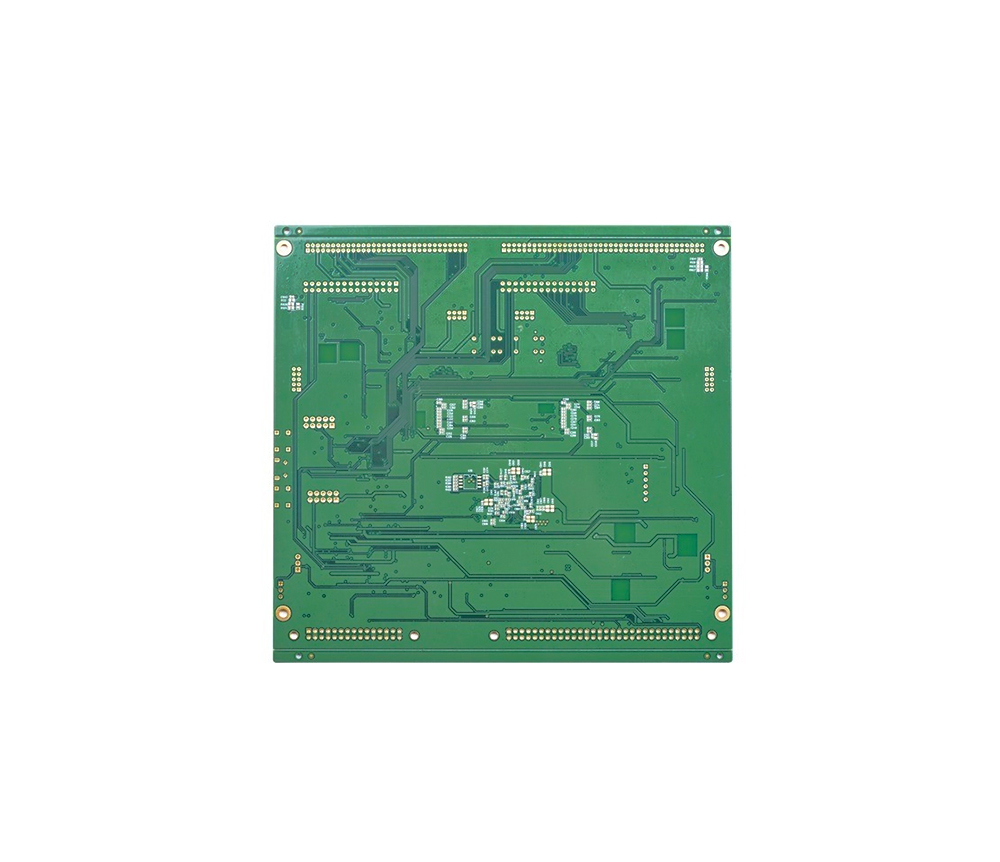 +86 755 2794 4155
+86 755 2794 4155  sales@knownpcb.com
sales@knownpcb.com
-
Shenzhen KNOWNPCB Technology Co., Ltd.
 +86 755 2794 4155
+86 755 2794 4155  sales@knownpcb.com
sales@knownpcb.com
 2023-06-27
2023-06-27
 595
595


(1) One point grounding
Concentrate several grounding points of the same level unit circuit as much as possible to avoid the AC signal from other circuits from entering the same level or from the AC signal in the same level from entering other circuits. Suitable for low-frequency circuits with a working frequency of less than 1MHz. If a single point grounding is used when the working frequency is between 1-1OMHz, the length of the ground wire should not exceed 1/20 of the wavelength. In short, single point grounding is the basic principle for eliminating common impedance interference of the ground wire.
(2) Multiple grounding points nearby
There are a large number of common ground wires distributed at the edges of the PCB and present a semi closed circuit (anti magnetic field interference). All levels of circuits are grounded nearby to prevent the ground wires from being too long. Suitable for high-frequency circuits with signal operating frequencies greater than lOMHz.
(3) Grounding of busbar
The busbar is made of silver plated copper foil, and all integrated circuit ground wires on the PCB are connected to the busbar. The busbar has the low impedance characteristic of a symmetrical transmission line, which can improve signal transmission speed and reduce interference in high-speed circuits.
(4) Large area grounding
In high-frequency circuits, all unused areas on the PCB are arranged as ground wires to reduce the inductance in the ground wire, thereby weakening the high-frequency signal generated on the ground wire and shielding the electric field interference.

Or call +86 755 2794 4155
Inquiry Now

